- Home
- Fishing Techniques
- Downrigger
Rig a Downrigger
and Get Down Deeper
Some deep-diving plugs will get down to around 30ft (10m), but it will take a downrigger set-up to get your lure down to greater depths.
This is the crane-like device often seen on the sterns of sports-fishing boats. Its purpose is to deploy an independent line, taken to depth by a heavy lead weight.
Your trolling line is attached to the weight by a quick-release clip, which releases when a fish strike your lure.
The benefit of course is that you can get your trolling lure down to a much greater depth than you could otherwise achieve, without the encumberence of any weight on the line.
Three main components go to make up a down rigger oufit:~
- The down rigger itself, which usually incorporates at least one rocket-launcher type rod holder;
- A wire line;
- A down rigger weight, or alternatively a Planer, to which your trolling line is attached by a quick-release clip.
The Downrigger
This can be the complicated bit - everything else is fairly straightforward. The simplest down riggers are manually operated.
It incorporates a cranking handle, a pulley wheel and a line-counter which ensures that having found the depth at which the fish are feeding, you can get your lure back down to exactly the same level. A fixed length boom and a single rodholder completes the outfit
An ideal piece of kit for small fishing boats whose skippers realise the benefits of fishing a lure down deep.
Sailboat skippers may baulk at all this machinery on the stern, just waiting to mix it with all the running rigging. But there are a couple of ways of getting an independently weighted line down without having your stern look like a construction site - click here to see how it's done.
But if you've got a sports-fishing boat with power to spare, then an electrical version is likely to be attractive.
As you'll have noticed, there's a considerable price difference between the two models - so if you're beginning to think this all looks a bit pricey, here's how to make a homemade down rigger outfit.
The Line
The line to use is single-strand stainless steel wire. Heavy weight and small diameter, it will achieve maximum depth with minimum drag.
The Weight
This is a cast-iron ball fitted with a stabilising fin, all covered in a protective plastic coating.
Weights are ranged between 4lb and 12lb.
The down rigger line is attached to the eye on top of the ball, and the trolling line - via a quick-release clip - to the eye on the end of the fin.
The Planer
Downrigger planers like the version shown here are an alternative to downrigger weights.
They're made from stainless steel and dive to depth because of their hydrodynamic design, rather than the forces of gravity.
They're attached to the end of your down rigger line via the ring which slides along the bridle.
Once tripped by a striking fish, they capsize and can be easily brought to the surface.
Lures to Use with a Down-Rigger
Any sinking lures work well with this rig, particularly diving plugs which descend to depths well below that of the down rigger weight.
Lure colour is much less important when fishing deep, but 'noise' makes all the difference.
Look for high-action lures with internal rattling beads and large spoons that transmit low-frequency throbbing vibrations.
The Yo-Zuri Bonita, an 'Australian Runner' plug fishes well on a downrigger.
Recent Articles
-
Sea Fishing Rods and Reels Must Be Compatible for a Balanced Outfit
Mar 08, 21 08:30 AM
A quality reel fitted to a quality rod doesn't necessarily make it a quality outfit. Your fishing rods and reels have to be properly matched if you're to get the best out of them, and here’s how -
Essential Lure Fishing Tips That All Saltwater Anglers Should Know
Mar 08, 21 04:51 AM
Which single lure fishing tip applies to trolling, jigging, baitcasting, spinning, fly fishing and any other branch of lure fishing? Well, it is the one at the top of this list -
Vital Jig Fishing Tips That You Really Cannot Afford To Miss!
Mar 07, 21 10:20 AM
Essential jig fishing tips to help you select the right lure for successful jig fishing, together with the techniques required to get the most out of your jig fishing outfit
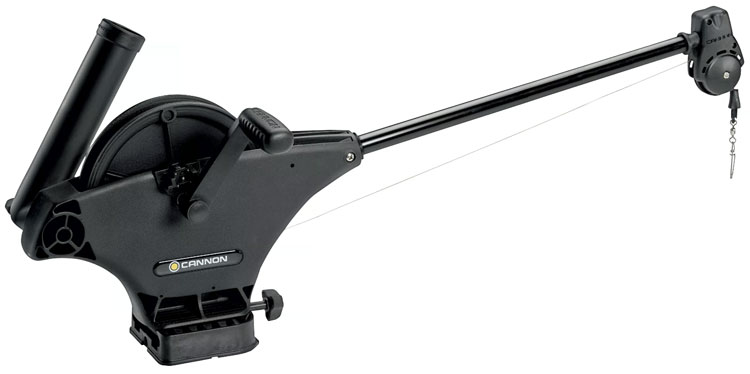
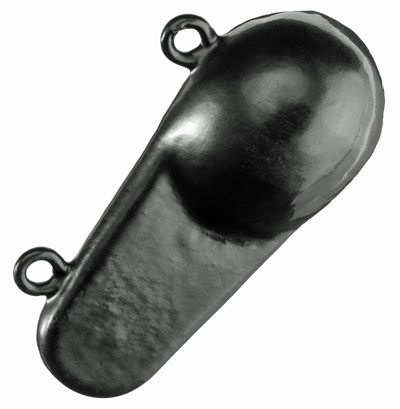
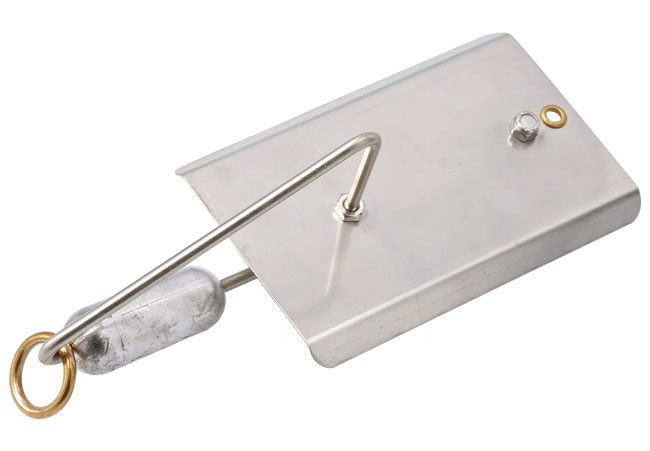
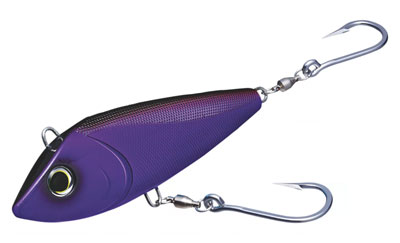
















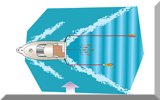

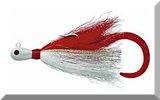
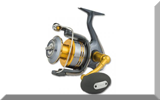
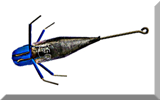
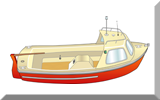
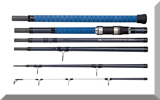
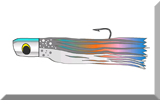
New! Comments
Have your say about what you've just read! Leave me a comment in the box below.